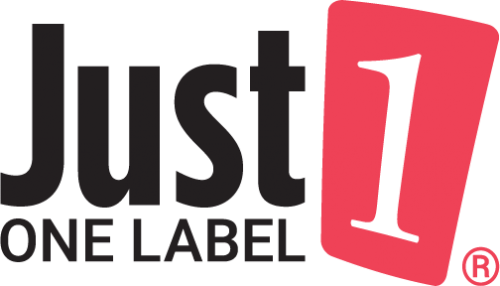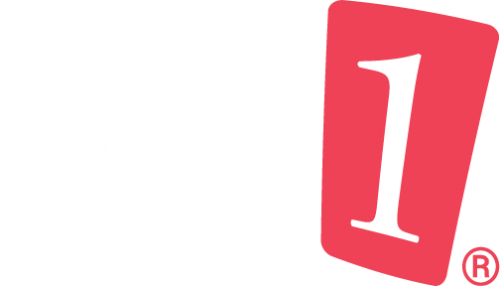A vector file and a raster file are two different types of digital image files, each with its own characteristics and uses. In our case, we prefer using vector files over raster file. Here’s a breakdown of their differences:
Vector Files
- Vector graphics are created using mathematical formulas that define shapes, lines, and colors.
- They are resolution-independent, meaning they can be scaled up or down without any loss of quality. They can be resized to any size without getting blurry or pixelated.
- Vector graphics are composed of points, lines, and curves, allowing for smooth edges and precise shapes.
- They are best suited for designs that require scalability, such as logos, graphic designs, typography, and geometric artwork.
- Common vector file formats include AI (Adobe Illustrator), EPS (Encapsulated PostScript), and SVG (Scalable Vector Graphics).
Raster Files
- Raster graphics are made up of tiny colored dots called pixels, like a digital photograph.
- They have a fixed resolution determined by the number of pixels per inch (PPI) or dots per inch (DPI), so they can lose quality when scaled up since the individual pixels become more visible and may appear blurry or pixelated.
- They are commonly used for photographs, realistic digital artwork or digital painting, and detailed graphics.
- Popular raster file formats include JPEG (Joint Photographic Experts Group), PNG (Portable Network Graphics), and TIFF (Tagged Image File Format).
Why are JPEG and PNG Files Not Editable?
Imagine a JPEG/PNG file like a digital photograph. It’s made up of lots and lots of tiny colored dots called pixels. These pixels come together to create the image you see. Now, when you try to edit these files, you’re actually trying to change those tiny dots.
The problem is that the dots in a JPEG/PNG file are all compressed, makes it hard to separate the dots and edit them individually. It’s a bit like trying to un-mix a bunch of different colored paints that have already dried on a canvas. It’s not impossible, but it’s definitely more challenging. Also, since editing a JPEG/PNG file would involve manipulating those individual pixels, it may result in a loss of image quality.
On the other hand, vector files are much easier to edit because you can change the formulas and everything adjusts smoothly. It’s like working with a digital drawing that you can easily erase and redraw.
So, while PNG files are great for sharing and displaying images, they are not the best choice when you need to make extensive changes or edits, especially if you are sending the artwork to us for press setup, it may result in additional graphic charges.

